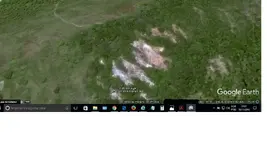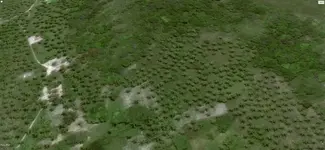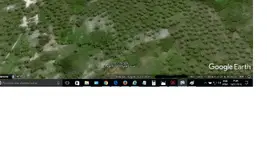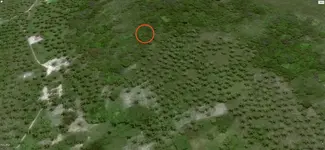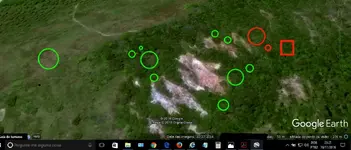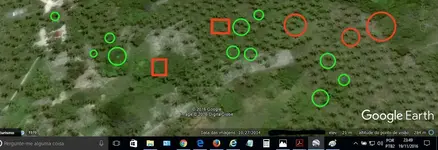You live in Northeastern Brazil, the area has a cultural history and sugar plantations. Your best bet probably will be to focus on cache hunting...those plantation owners must have been wealthy people. Metal detecting should produce some relic finds also. The KEY here is to think SUGAR.
https://en.wikipedia.org/wiki/Alagoas#Economy
Alagoas is one of the poorest states of Brazil and its HDI is the country's worst.[SUP]
[14][/SUP][SUP]
[15][/SUP] The
service sector is the largest component of
GDP at 55.8%, followed by the
industrial sector at 36.9%.
Agriculture represents 7.3%, of
GDP (2004). Alagoas exports:
sugar 58.8%,
alcohol 29.4%,
chemicals 9%,
tobacco 2.1% (2002).
Share of the Brazilian economy: 0.7% (2004).
The economy has been
agricultural, dependent largely on large sugarcane plantations with some
tobacco farming that is concentrated around the city of Arapiraca. Sugar cane formed the basis for an
alcohol industry that is in decline. Small to medium-sized tanker ships took alcohol on board in Maceio's port with considerable frequency during the peak period. Such loads still take place with less frequency. Another local industry is based on chemical products from
brine pumped from deep wells on the outskirts of Maceió.
In the last twenty years the
tourist industry has found the beaches and Maceió itself has changed from a rather sleepy little port with coconut palm plantations along its beaches to high-rise hotels. The northern coast, particularly around the towns Maragogi and Japaratinga is beginning to see some of this development in the form of resorts attracting people from the south and from
Europe. There is considerable European investment (as of 2007) in beach property north of Maceió with walled compounds of beach homes.



